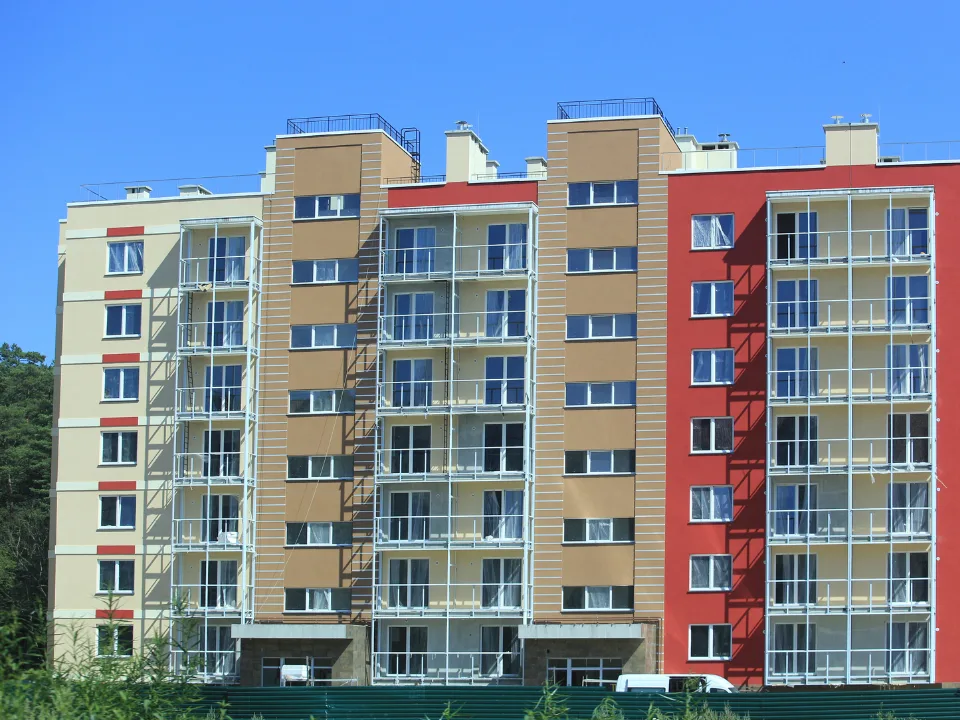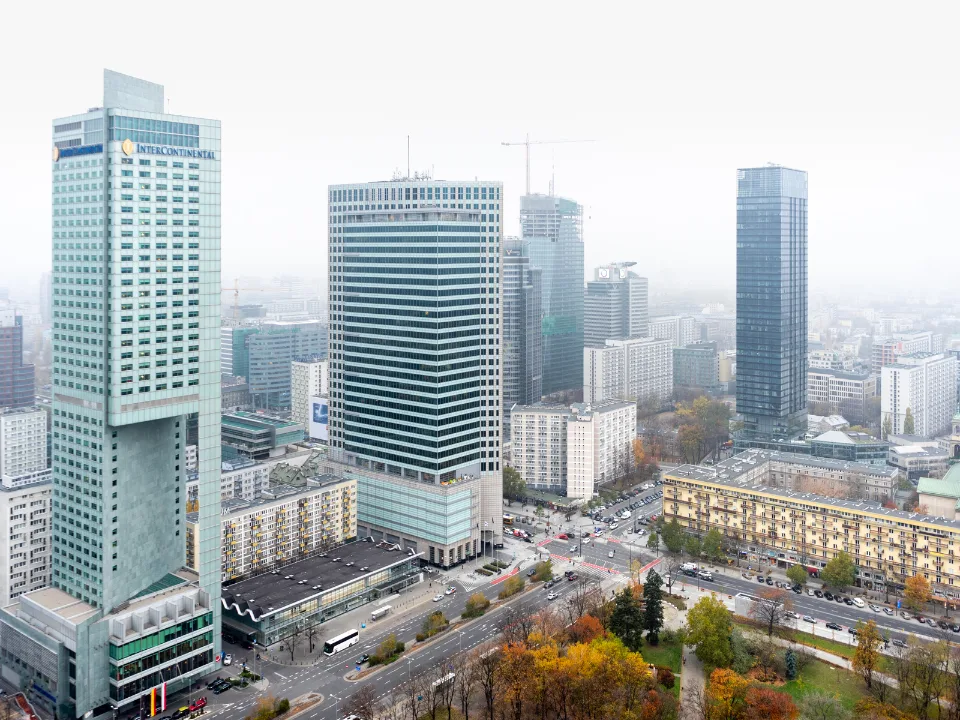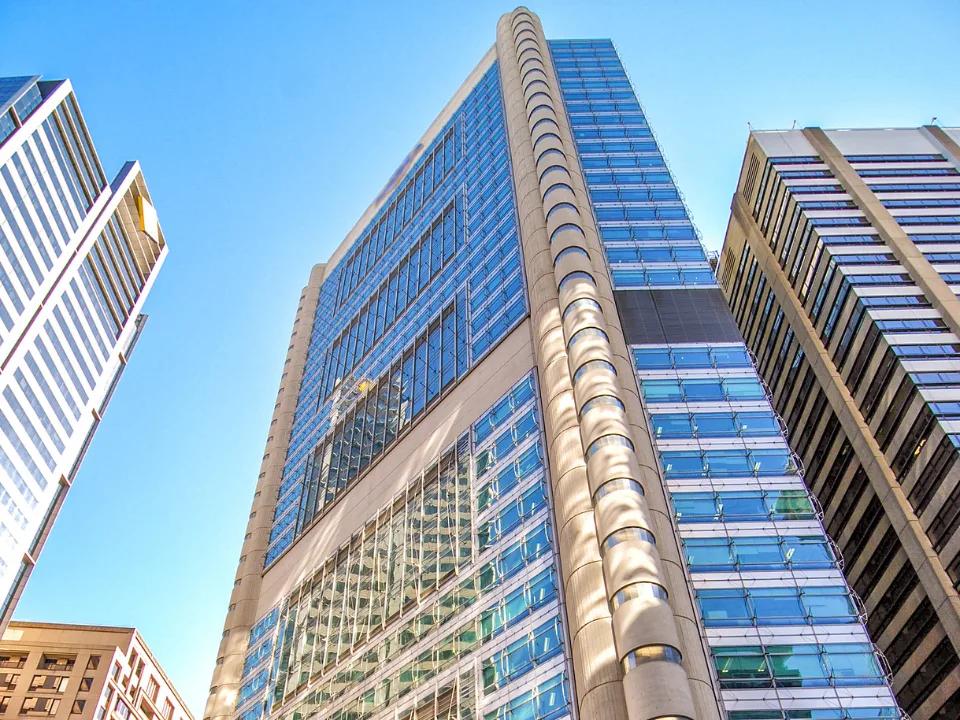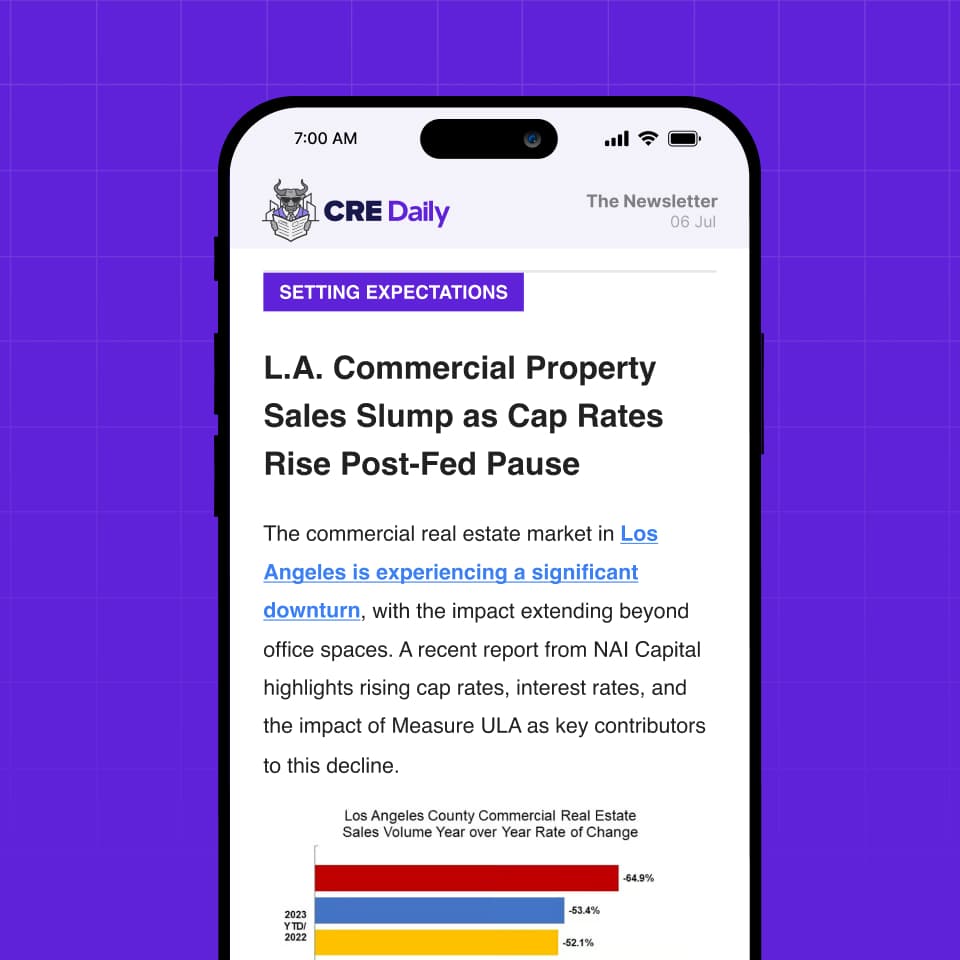- The Rent Guidelines Board recommended its largest rent hikes in years: 6.25% for one-year leases and 9.75% for two-year leases.
- Landlords support the increases, citing rising operating costs—especially for insurance, fuel, and utilities.
- Historically, the RGB approves smaller hikes than recommended, leaving many owners financially strained.
- Landlord groups and housing experts are calling for broader policy solutions, including relief from city-imposed costs and intervention beyond the RGB process.
Rent Relief—For Landlords?
The Rent Guidelines Board’s latest report calls for a 6.25% one-year rent hike and 9.75% for two-year leases, per The Real Deal.
For once, the proposed rent hike didn’t trigger immediate backlash from landlords, who’ve faced years of minimal rent increases. Operating costs have steadily outpaced income, and the latest data highlights the growing financial strain on rent-stabilized building owners. This year’s proposed rent hike underscores a widening gap between rising expenses and stagnant revenues in New York’s rent-stabilized housing market.
By The Numbers
According to the RGB’s Price Index of Operating Costs, insurance jumped 18.7% year-over-year, fuel rose 10.3%, and utilities climbed 8.2%. All seven cost categories tracked by the board increased—further tightening the financial vise on property owners.
“Nobody wants to raise rents,” said Kenny Burgos, CEO of the New York Apartment Association. “But buildings have costs and this data articulates what those costs are.”
Last year, the RGB’s data called for a 3.9% rent increase. The board approved only 2.75%.
Déjà Vu For Owners
The pattern of the RGB recommending higher rent increases than what ultimately gets approved has become routine. The board—comprised of nine members representing tenants, landlords, and the public—typically swings in favor of tenant protections, especially among public members. That trend has forced many landlords to cut corners or sell at a loss.
Get Smarter about what matters in CRE
Stay ahead of trends in commercial real estate with CRE Daily – the free newsletter delivering everything you need to start your day in just 5-minutes
Looking For Lifelines Elsewhere
With little faith that the final vote will match the recommendation, owners are pivoting. Burgos called on the city to control government-imposed costs like property taxes and water and sewer fees. “Elected officials could do something about this if they wanted to make the city more affordable,” he said.
NYU’s Furman Center echoed the need for external solutions, noting that many older, rent-regulated buildings face revenue shortfalls that could snowball without policy changes. Their conclusion: “The shortfall may need to be dealt with outside of the RGB process.”
What’s Next
The RGB’s vote on final rent increases is still pending, but regardless of the outcome, pressure is mounting for broader policy interventions to ensure rent-stabilized housing remains financially sustainable—both for the tenants who depend on it and the landlords who maintain it.















